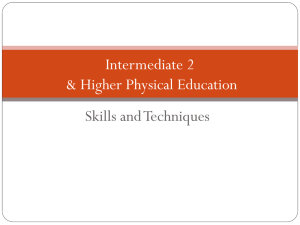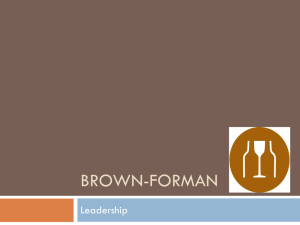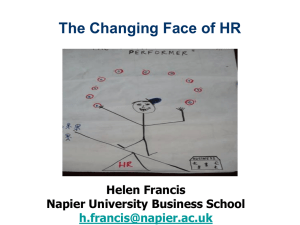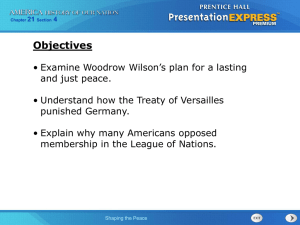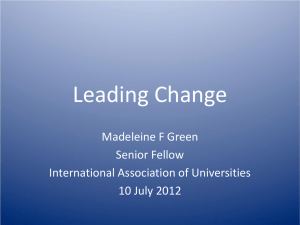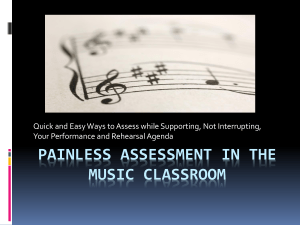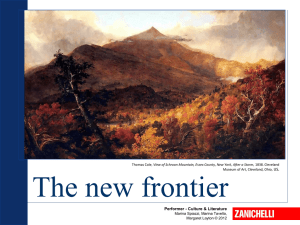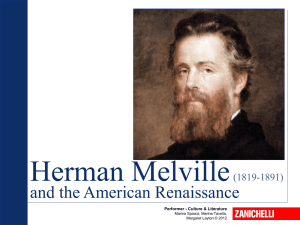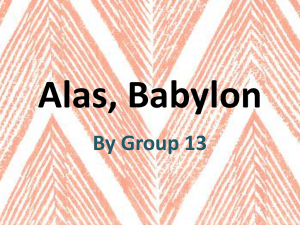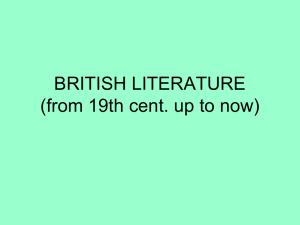Shaping the English character
advertisement
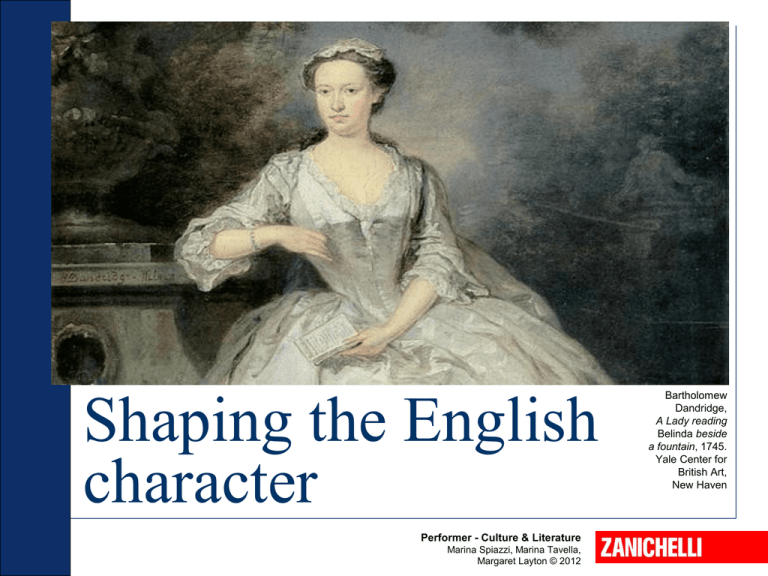
Shaping the English character Performer - Culture & Literature Marina Spiazzi, Marina Tavella, Margaret Layton © 2012 Bartholomew Dandridge, A Lady reading Belinda beside a fountain, 1745. Yale Center for British Art, New Haven Shaping the English character 1. The first Hanoverian king • Queen Anne (1702–1714) had succeeded her brotherin-law, William III, and her sister Mary. • After her death, her cousin, the Duke of Hanover, became King George I. During his reign: 1. the powers of the monarchy diminished; 2. Ministers met without the King in the cabinet led by the Prime Minister; 3. the actual power was held by Sir Robert Walpole, Britain’s first prime minister. Performer - Culture&Literature George I, c. 1714 Shaping the English character 2. The House of Hanover Performer - Culture&Literature Shaping the English character 3. 1707: The Act of Union The Act of Union became official during Queen Anne’s reign It abolished the Scottish Parliament It gave the Scots a proportion of the seats at Westminster The majority of Scots accepted their new role in a kingdom united under the title Great Britain. A renewal of Scottish nationalism must await the 20th century. Performer - Culture&Literature Shaping the English character 4. The Whigs and the Tories The Whigs The first political parties in Britain The Tories Performer - Culture&Literature Descendants Parliamentarians Supported by the wealthy and commercial classes Fought for commercial development a vigorous foreign policy religious toleration Descendants Royalists Supported by the Church of England the landowners Fought for the divine right of the king Shaping the English character 5. A golden age The 18th-century key concepts were: • political stability; • individualism; • liberal thought and free will; • optimism; • reason and common sense; • desire for balance, symmetry, refinement. Performer - Culture&Literature Shaping the English character 6. The reading public The increase of the reading public in the Augustan Age was due to The growing importance of the middle class The individual’s trust in his own abilities The practice of reason and self-analysis Most readers were middle-class women They used to borrow books from circulating libraries Coffee-houses allowed the circulation of news, opinions Performer - Culture&Literature Shaping the English character 6. The reading public Coffee-houses 1. were attended by fashionable and artistic people; 2. became gathering points where people exchanged ideas and gossip; 3. let public opinion and journalism evolve; 4. were exclusively attended by men. Performer - Culture&Literature Shaping the English character 6. The reading public The interest of middle-class people in literature gave rise to journalism ‘The Tatler’and‘The Spectator’the first English newspapers Their style simple, lively Their aim didactic Performer - Culture&Literature the novel where the belief in the power of reason and the individual’s trust in his own abilities found expression Shaping the English character 7. The novelist 1. The spokesman of the middle class. 1. The fathers of the English novel: • Daniel Defoe the realistic novel • Samuel Richardson the sentimental novel • Henry Fielding the mock-epic novel • Jonathan Swift the satirical novel Performer - Culture&Literature Shaping the English character 8. The novelist’s aim • To be understood widely way. He wrote in a simple • Realism not only linked to the life presented, but to the way it was shown. • Speed and copiousness His most important economic virtues since it was the bookseller and not the patron who rewarded him. Performer - Culture&Literature Shaping the English character 9. The characters The hero A bourgeois, self-made, self-reliant man The mouthpiece of the author The reader is expected to sympathise with him All the characters Performer - Culture&Literature have contemporary names and surnames Robinson Crusoe They struggle for survival or social success Shaping the English character 10. The setting • Chronological sequence of events. • References to particular times of the year or of the day. ‘I was born in the year 1632, in the city of York’ Robinson Crusoe • Specific references to names of countries, towns and streets. • Detailed descriptions of interiors to make the narrative more realistic. Performer - Culture&Literature Shaping the English character 11. The narrative technique Performer - Culture&Literature Shaping the English character 12. Themes 1. Real life. 1. Everything that could alter a social status. 1. The sense of reward and punishment linked to the Puritan ethics of the middle class. Performer - Culture&Literature
